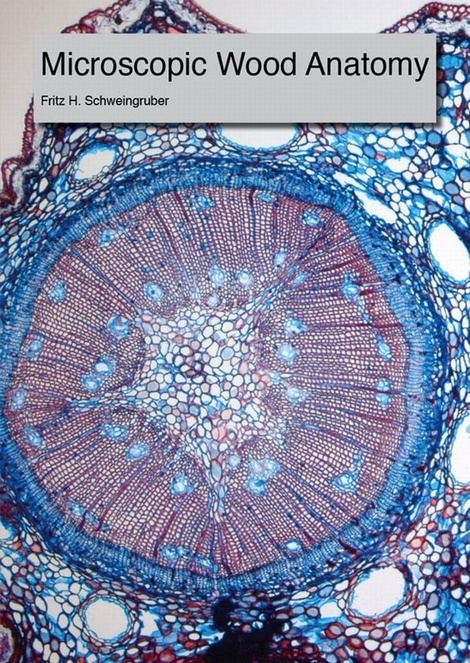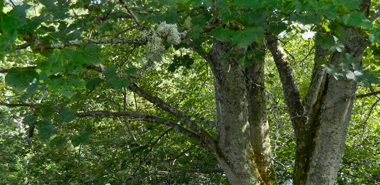| English, German and French | |
| 2016 Reprint | |
| 3rd Edition | |
| 226 Pages | |
| Colour Photos | |
| B&W Photos | |
| Tables |
Microscopic Wood Anatomy
£35.95"Since the publication in the middle of the last century of monographs on wood anatomy, most of the large-sized woody plants have been described anatomically. Only rarely, however, have authors emphasized the large variability of wood structure. In this work, I have attempted to present the range of anatomic characteristics existing in nature, without going into the ecological, physiological, ontogenetic, or phytogenetic causes. The diversity of anatomic wood forms in twigs has been extensively described for certain species, while other species have been almost totally ignored. Transversal cross-sections of branches and roots, a collection which should be enlarged at a later date, show that the variability of the structure of wood in tree extremities is greater than in trunk wood. The photographs pose the problem of causality which cannot be solved without intensive ecological studies paralleled with anatomic analysis.
This book was primarily conceived as a basic aid in wood identification. The documentation is sufficient for the precise identification of trunk wood; however, for twigs, only preliminary indications are given. During many years of practical experience in identifying carbonized and uncarbonized wood remains from moraine sediments, interglacial carboniferous schists, post-glacial deposits, prehistoric sites and wood mineralized with iron, slag from Roman forges, wooden works of art, and recent wood, I have observed that only rarely are samples well conserved. More often the characteristic features are only partially present, thus making identification difficult. Such is the case with, for example, twigs, roots, and knots preserved in water-saturated, anaerobic conditions, trunk wood compressed by glaciers or slaglike charcoals impregnated with chalk or clay. The same problem is encountered with saw dust or rotten branches sent by criminal police for identification. Therefore in addition to presenting an introduction to wood anatomy, it was judged necessary to treat a wider spectrum of structural variations in trunk wood, to show the possibilities of twig identification, and to bring attention to secondary modification provoked by carbonization or by the soils in which the wood was deposited.
This book addresses itself by the terminology and scientific content to a wide audience. I believe it to be important that students of biology and history are capable not only of recognizing the principal characteristics of identification but also of assessing the limitations and potential uses of the method. The identification of wood can provide judicial authorities with important information for case solving, as has been seen many times. Systematic analyses give preciou: information to archaeologists, entomologists, and art historians on the utilization by man of of the raw material and on sciences have profited from ecological and paleoecological sciences information revealed by wood analysis. Geographers and specialists studying the evolution of the vegetation can by wood analysis confirm, complete, and enlarge the information from pollen and grain analysis. In the future as in the past, dendrology will serve as the basis of all wood industries. The descriptions of the principal indigenous and introduced wood species from central Europe, contained herein, do not permit the identification of all samples which come from this area; however, from experience, only 1 % of the total samples derived from post-glacial sediments represent species which have not been described in this book.
The genera are arranged in alphabetical order, since the anatomic structure of wood is difficultly integrated into the of botanical classification system which is based on the morphology of flowers. Also this arrangement simplifies the use of this book for the nonbotanist.
The author collected over the last 20 years almost all of the wood samples used. Most of the slide preparations and all of the photographs were made by the author. Most of the drawings have been taken from Greguss, (1945). In order to keep descriptions easily readable, the reference works are given only in the bibliography.
Remarks on the third edition:
In the twelve years since the first edition was published, a number of errors have become apparent and the terminology in wood anatomy has undergone some slight alter> ations. As these errors have proved not misleading, the corrections have, for reasons of cost, not been introduced into the original text but are listed in the corrigenda."
Publisher: - Verlag Kessel - more
Code: - 9783945941133
Year: - 1990
Authors: - Fritz Hans Schweingruber











